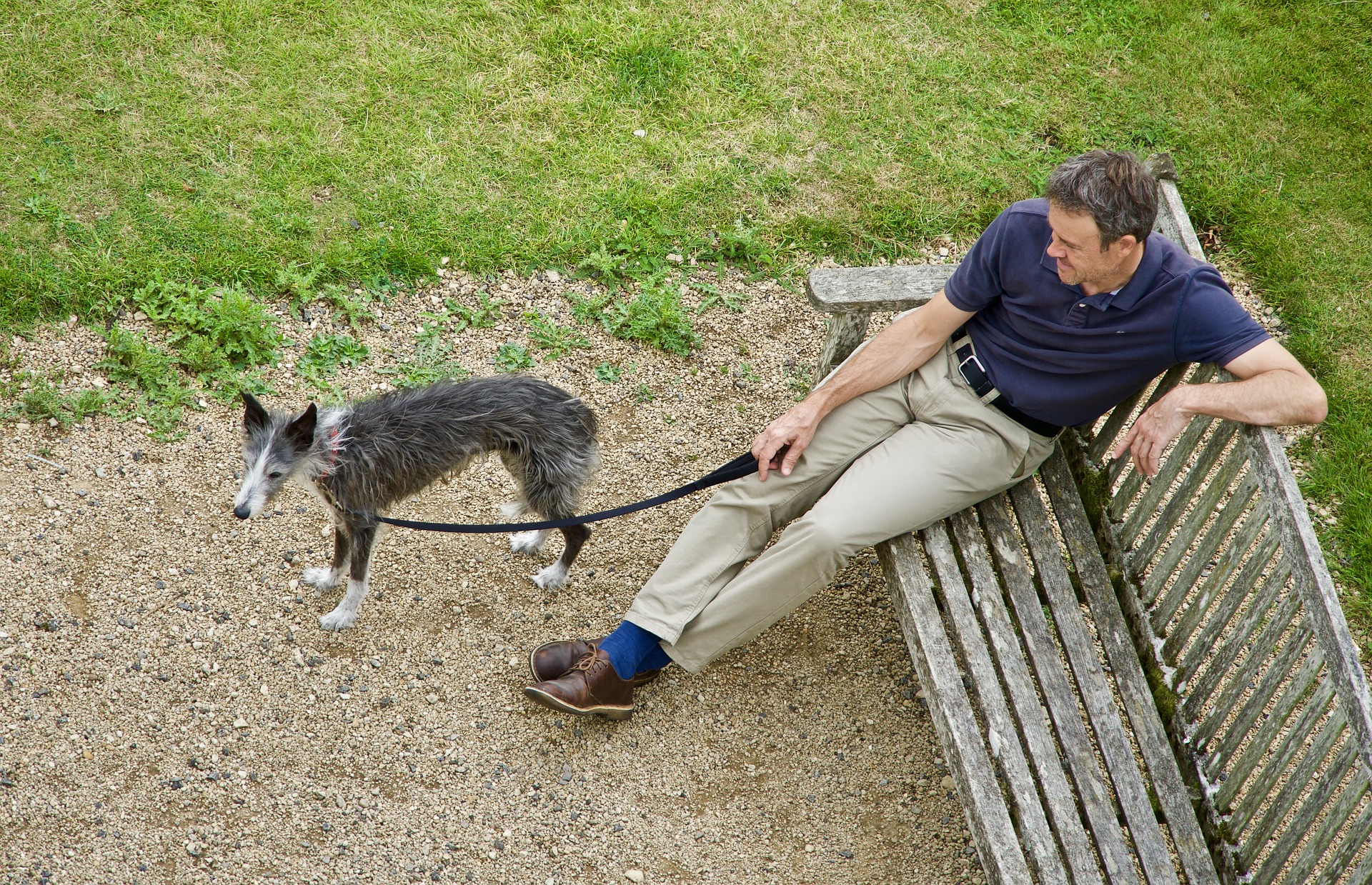Choosing to help a dog by fostering is a generous and rewarding experience. You give the dog more attention and comfort than they would be getting at a shelter and help ease their transition into adoption by getting them accustomed to house pet life. Fostering takes time, energy, and compassion. You need to make sure you have space in your home and your schedule to give them the stay they deserve while they are with you. Once you’ve signed up as a dog foster with the shelter and have been assigned a pup, the fun begins!
Dog Foster Core Duties
When you become a foster, you have a few core duties:
- Bring your foster pet to all veterinary visits for vaccinations, health issues, and/or sterilization.
- Bring them to and from adoption events. These may be coordinated directly through the shelter, or they may be in partnership with a franchise like PetSmart.
- Pay attention to specific personality traits or quirks, and be sure to note those to the shelter workers and potential adopters.
- Help match your foster dog to potential adopters.
- Begin training (at least, try to lay the basics) for standard behaviors and socialization, or more if you’re able.
We will focus on the training that you should try to have your foster master by the time they get adopted. In fact, the more well-trained they are, the more likely they are to be adopted!
The change from a shelter to a home is big, and this can be disorienting for a dog – especially for puppies who have spent their lives in a shelter until then. Be patient and understanding with your new foster as they adjust to the strange smells and sights in your home.
- Potty training: Being able to adopt an already housebroken dog is a huge bonus. Work diligently with your foster to establish good potty habits. Even if you’re fostering an adult dog, they likely got used to being able to go to the bathroom whenever they needed to, so their bladder muscles are out of practice. It may take a few weeks for them to strengthen those muscles again and build up to being able to hold it for a few hours. Keep in mind though, that even potty-trained dogs can have accidents when in a new environment. Be consistent but understanding while potty training.
- Jumping up: Even when they just mean it as play, jumping up on someone can be dangerous and isn’t often desirable. However, many dogs who have been in a shelter have learned to jump up to get the attention of workers passing by. Work on training your foster to wait for pets to come to them so that they don’t accidentally scare away potential adopters.
- Socializing: Slowly introduce your foster to any other pets you have, and provide new experiences for them in a controlled manner. This will help accustom them to other people, animals, and environments.
- Bolting: Shelter dogs are usually cooped up; they take any chance they can to get out and have an excursion. This is a dangerous behavior when they live in a house near roads though. Prevent and discourage bolting whenever possible.
- Basic skills: “Sit”, “lay down”, and “stay” are basic training skills; if an adopted dog already knows these well, then the new owner will have a much easier time beginning training for other behaviors.
With good manners, foster dogs have a much greater chance of adoption. As the dog foster parent, you should try to prepare your foster pup as well as possible for home-living with basic behaviors, obedience, and socialization.
Do you need help with training? Call the experts at Gulf Coast K9 Dog Training for a schedule of obedience classes in the Bradenton area.





